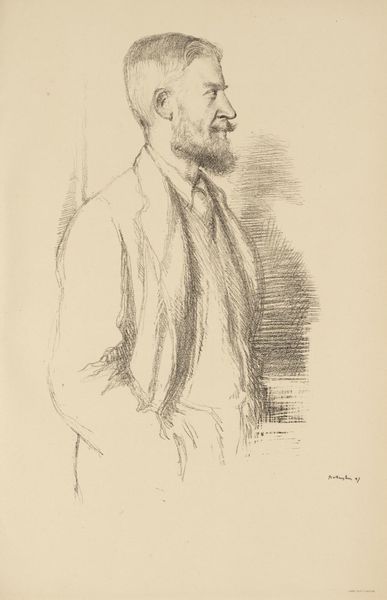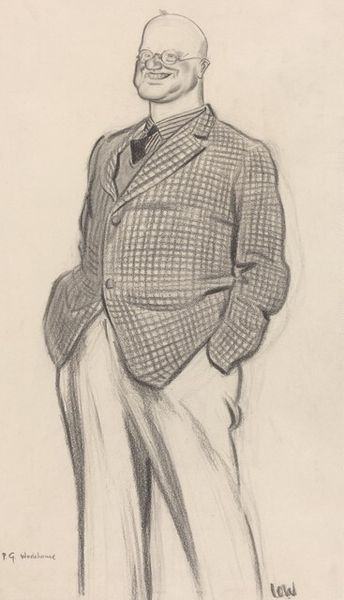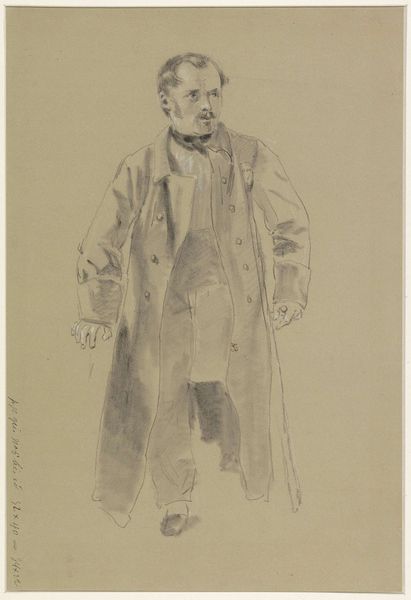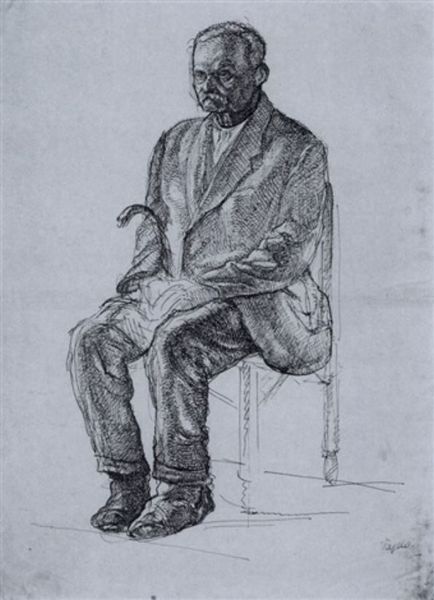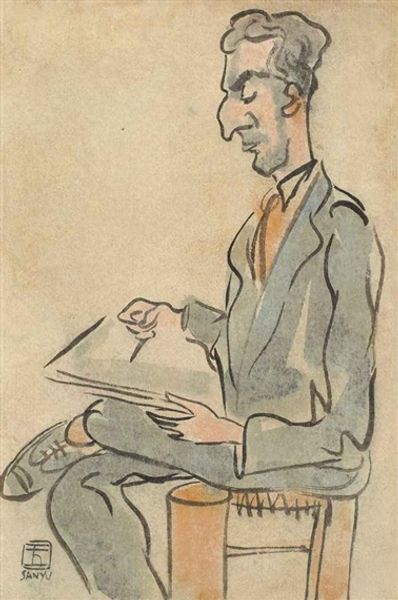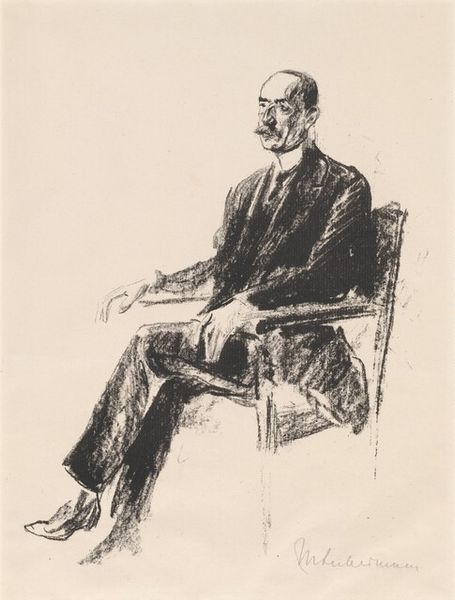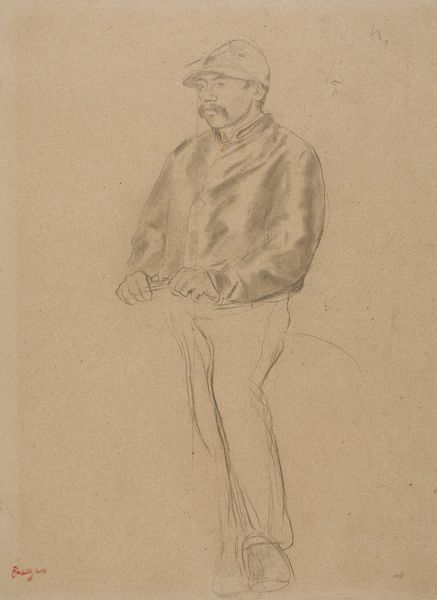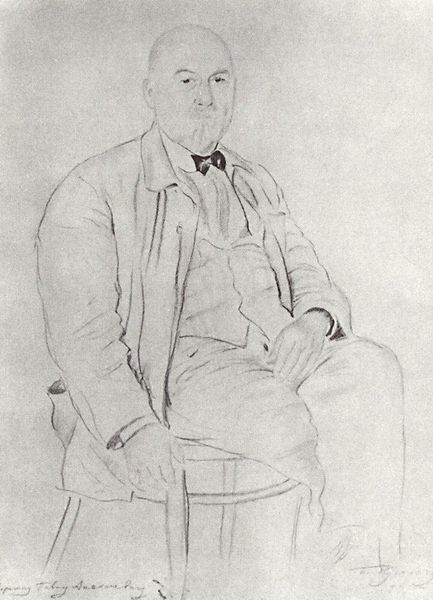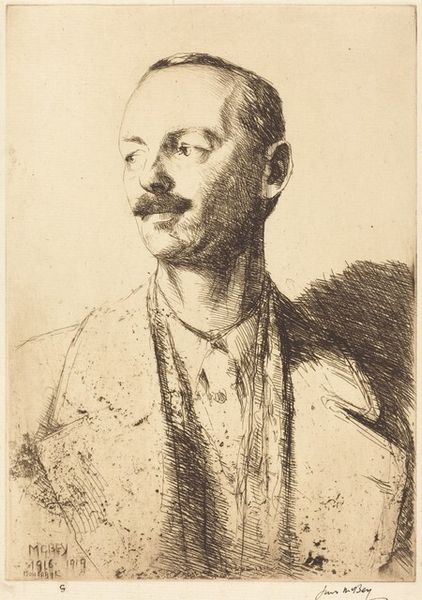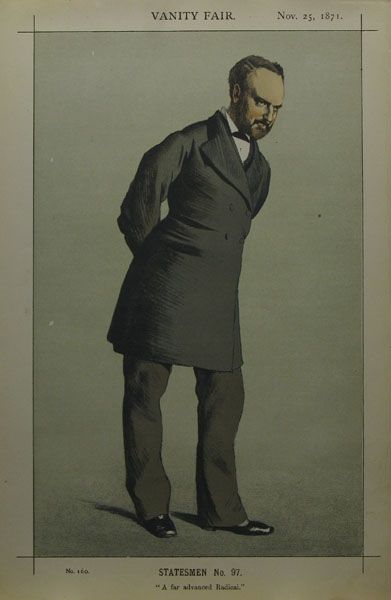
Copyright: Public Domain: Artvee
Editor: This is Jules Chéret's "Portrait of Louis Vauxcelles," a pencil drawing from 1909. The sketchiness of the lines gives the portrait a lively, informal feeling despite the sitter’s formal attire. What elements of the composition strike you? Curator: The dynamism in Chéret's hatching is quite striking, especially in how it articulates form and light. Note how the density of lines creates tonal variation, suggesting volume and shadow. Consider the orientation of these lines, and what compositional rhythms they create. The energetic, almost scribbled, strokes coalesce into a recognizable form. It's representational, yet embraces abstraction through its sheer mark-making. Do you find a tension between the portrait’s descriptive realism and its inherent materiality as a drawing? Editor: I see what you mean. It’s definitely both a recognizable person, and clearly just lines on paper. It's less about capturing a likeness and more about capturing form through this vibrant technique. Curator: Precisely. Focus on how the artist models the figure. Is there a pattern in how the strokes define plane changes? Notice, also, how the unfinished areas, the negative space, contributes to the overall reading of the work. Editor: I see how the blank space almost makes the lines pop forward and give even more emphasis to his facial expression. I always considered negative space in a painting, but now I see how powerful it is within a drawing. Thank you for opening my eyes to the interplay between form and abstraction, and for showing how technique can animate even a formal portrait. Curator: The dialogue between these elements constitutes the aesthetic achievement here. Consider the dialectic as informing the expressive qualities of the piece.
Comments
No comments
Be the first to comment and join the conversation on the ultimate creative platform.
